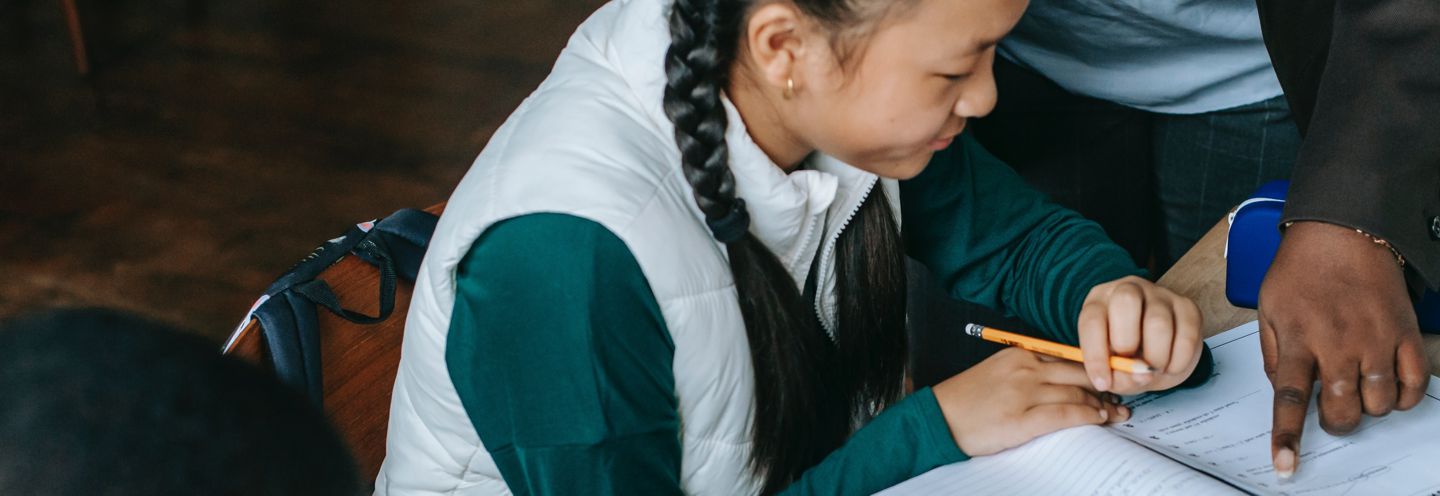Teacher Resources | 383 Results

This lesson encourages children to explore the differences between their real families and TV families by imagining how their own families might be portrayed on a television show.

Because of the ways that digital media leave out many of the cues that prompt us to feel empathy, it is easy for young people to sometimes forget that real people – with real feelings – are at the

Students often feel detached from the political arena, and this lesson plan we have designed is to help inspire curiosity and action with your secondary students due to the very real connection

This is the first lesson in the Critical Thinking Across the Curriculum series, though it can also be delivered independently. In it, students learn the difference between facts and opinions, and

If you’re wondering how to get started making media on your phone, tablet or computer, animation is a great place to start. You can start doing it as a family activity even when kids are very young

This lesson familiarizes children with how and why “junk food” is advertised to kids. The lesson starts with an introduction to advertising and a discussion of the gimmicks involved in food

One of the barriers to youth pushing back against prejudice is not wanting to over-react, particularly if they feel their peers were just ‘joking around.’ Humour, however, can often be a cover for

This printable activity sheet introduces basic media literacy skills and concepts and is suitable for use in homes, schools and libraries. It can be completed independently, but children will learn

In this lesson, students learn why the alcohol industry needs replacement (new) drinkers and how it exploits the needs and desires of young people in order to foster brand loyalty.

Understanding Brands is the third in this series and is intended as a stepping stone to Lesson 4, Interpreting Media Messages. In this lesson, students learn about the importance of branding for

